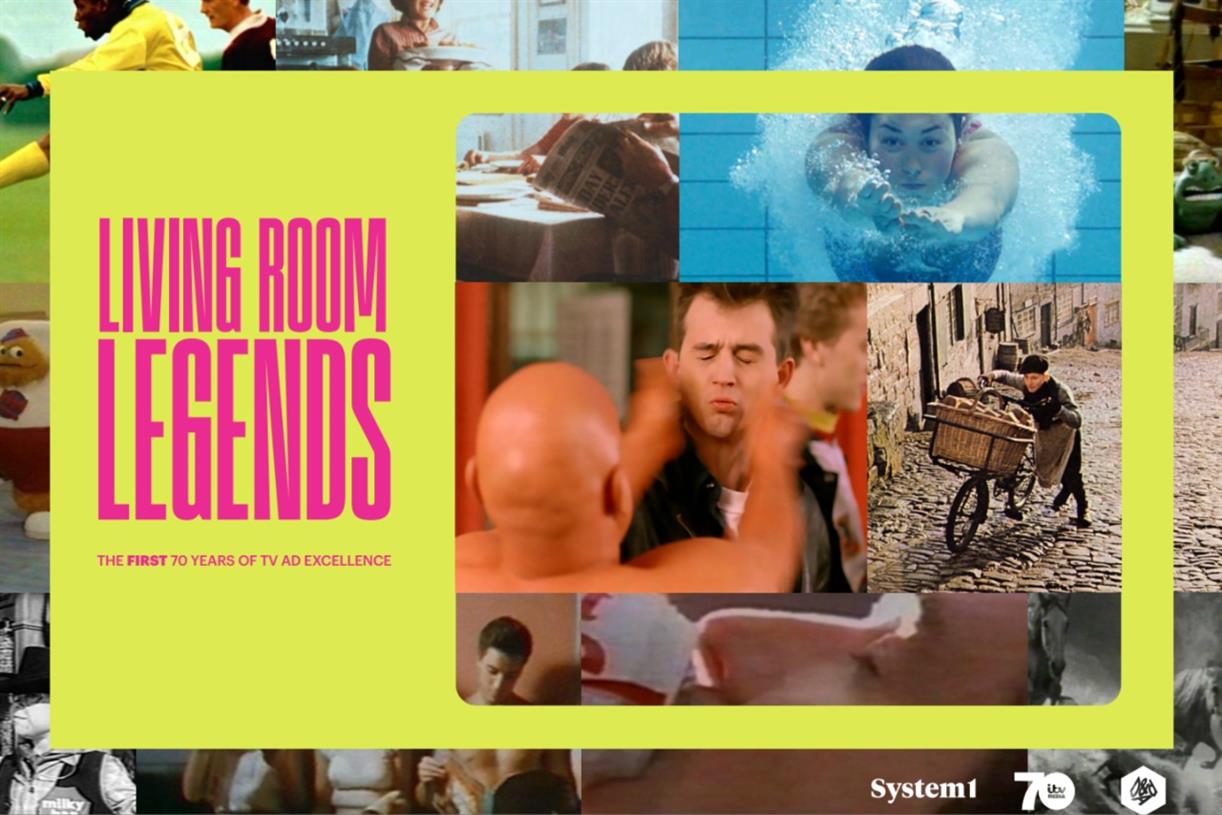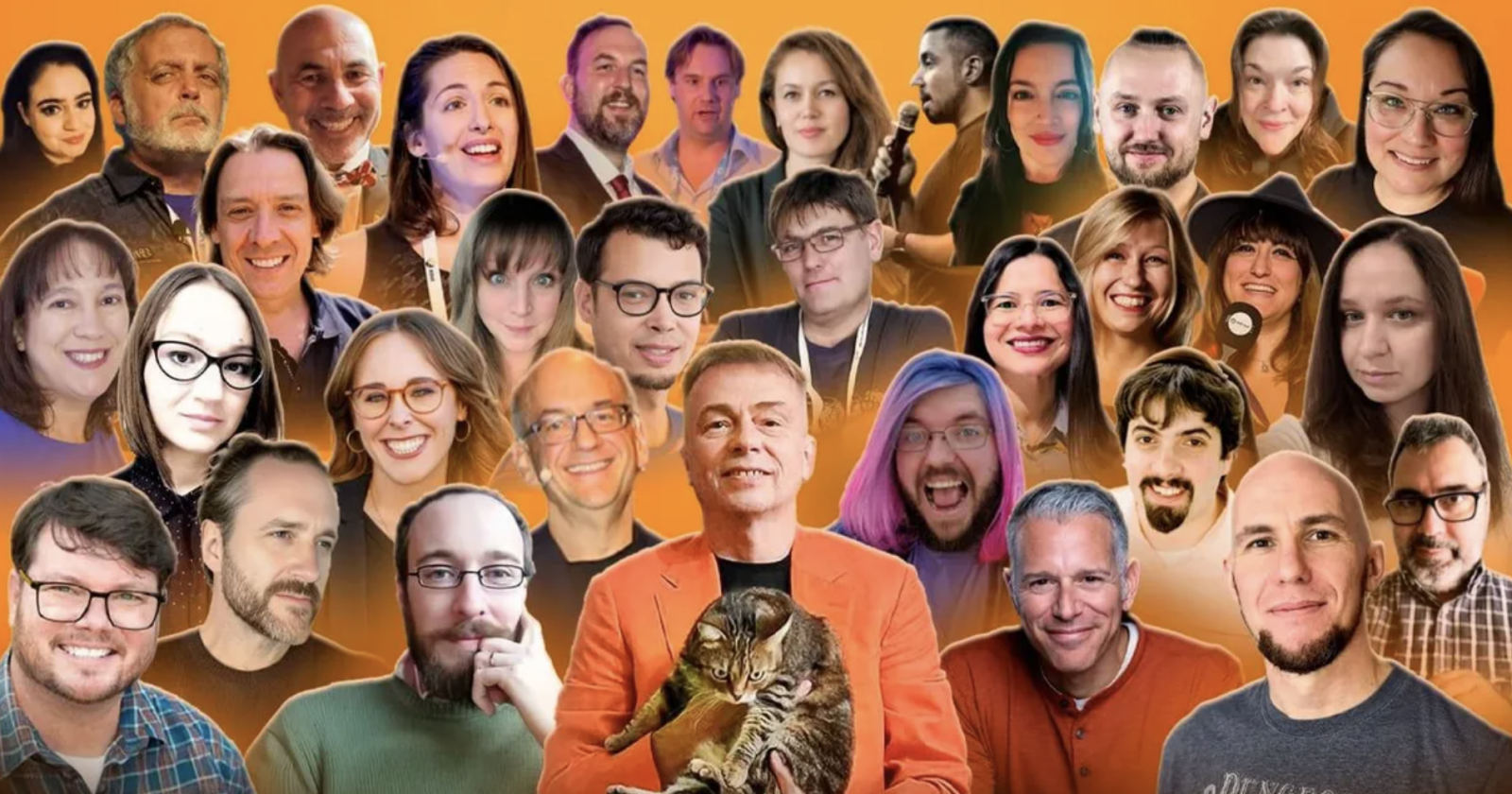SmileDirectClub CMO on how it is challenging Invisalign
A new go-to-market approach includes innovations like a smartphone app that can scan teeth to initiate treatment plans.

SmileDirectClub CEO David Katzman recently made a statement that would seemingly make its marketing department nervous. While announcing the teeth straightening and whitening brand’s second-quarter results on Aug. 8, he foreshadowed a “new go-to-market strategy [that] transforms SmileDirectClub from a marketing-led approach to growth to a technology-led company.”
But John Sheldon, SmileDirectClub’s chief marketing officer since 2019, said he welcomes the shift. “I am the marketing guy, should I be disappointed? I'm not. In fact, I am really excited about it,” he said, reacting to the news during the latest edition of Ad Age’s Marketer’s Brief podcast. “These innovations are really powerful and they are going to make our marketing work all the more harder for the business, and that is a really good thing.”
Ad Age Marketer’s Brief podcast
Listen on our site or subscribe via Apple, Spotify or Stitcher
The updates include a forthcoming “SmileMaker Platform” that will allow customers to initiate treatment plans by using an AI-powered smartphone app to scan their teeth.
SmileDirectClub’s current teledentistry approach begins by sending consumers teeth impression kits which are returned and reviewed by the company’s dental providers, who send back custom aligners. The company also offers an in-person option via its more than 100 SmileShops across the globe.
The SmileMaker app won’t replace the need to do impressions, but it will allow users to see a draft treatment plan and buy it on the spot—which according to Sheldon will fuel more business.
“If you take a look at our go-to-market strategy today, it’s actually a long process. From the time you show up on our website to the time you get a treatment plan, that could be three weeks or more,” he said. “Customer enthusiasm often cools as the time drags out. So if we can reduce that time to purchase from three weeks to just a few minutes, you obviously have a better chance of gaining that conversion and keeping that customer enthusiastic about their future smile.”
On the podcast, he digs deeper into the company's marketing and retailing tactics. SmileDirectClub sells whitening products at major outlets such as Walmart, which he views as a key entry point for teeth straightening customers.
“If you walk through that Walmart, oftentimes you will see four to six linear feet of our brand sitting right there, and a hundred million people a week walk through those aisles,” he said.
Plus, that placement could lead to further brand usage. “You want to be physically present for your customers,” he said, noting that “people who whiten their teeth are twice as likely to straighten their teeth.”
SmileDirect uses TikTok videos to market whitening offerings, including pushing different products for different personality types.
SmileDirect has combated its primary competitor, Invisalign, with comparative ads plugging SmileDirect’s lower price point via a character named Deedee, who pushes the company’s offering as “60% less than Invisalign.” (SmileDirect’s teeth straightening plans, which last about four to six months, run for about $2,000, according to its website.)
But as the economy has worsened, SmileDirect has seen less demand from its core low- and middle-income customers. It reported second-quarter revenue of $126 million, down 17% from the first quarter and off 27.8% from the prior-year period.
“We’ve seen some headwinds there,” Sheldon conceded. “Our core customer is hurting a little bit, but we are actually growing in that higher household income environment,” he said, noting that it is luring interest from people, including parents of teenagers, who are trading down from more expensive in-person orthodontist visits.
“The good news is we can cast a wider net because we have built a better mousetrap,” he said.

 Kass
Kass 































